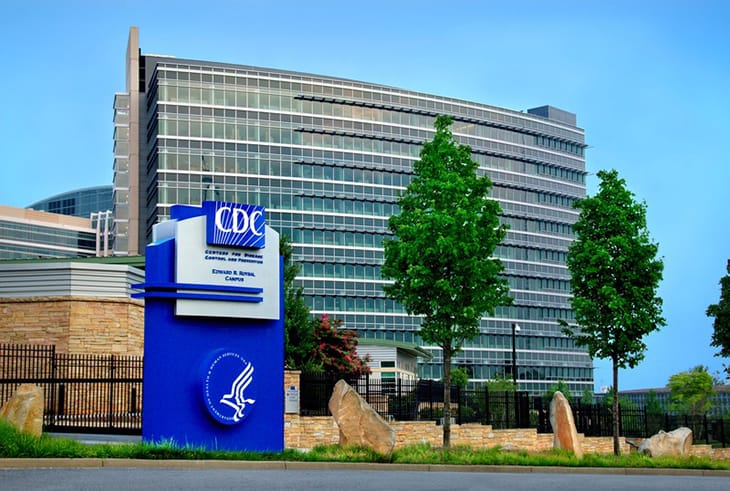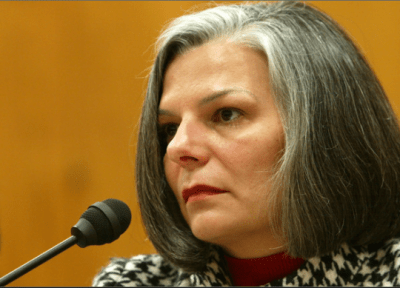
A recent Gallup poll showed that over 50% of Americans rated the Center for Disease Control and Prevention (CDC) as doing an excellent or good job, making it one of the most highly regarded government agencies. However, public perception and the actual conduct of the CDC couldn’t be farther apart as systemic corruption, a lack of oversight and accountability and close ties to mega-corporations weigh heavily on the agency’s ability to fulfill its motto of “Saving Lives. Protecting People.”
Though the CDC has successfully cultivated its image as an independent watchdog for public health, the CDC receives millions of dollars in industry funding and gifts. In 1983, the CDC was authorized to accept pharmaceutical company funding and gifts while Congress passed legislation in 1995 that sought “to encourage relationships between industry and the CDC.” More recently, an investigative report published by an associate editor of the British Medical Journal showed that the CDC has lied when publishing disclaimers in their studies due to financial dealings with biopharmaceutical companies. The disclaimers state that the CDC has “no financial interests or other relationships with the manufacturers of commercial products.” Some have argued that these gifts explain several recent CDC recommendations and directives that have raised questions about its seemingly selective and opportunistic use of scientific evidence.
In addition, a 2009 investigation carried out by the Office of the Inspector General found that the CDC suffered from “a systemic lack of oversight of its ethics program.” The investigation found that nearly 97% of conflict-of-interest disclosure forms filed by CDC advisers were never completed while 13% of CDC advisers never even bothered to fill them out. The CDC also did not identify or resolve conflicts of interests found in 64% of their employees and failed to train 41% of its employees in medical ethics. In CDC committee meetings, 15% of CDC employees were found to not comply with ethics requirements.

Furthermore, the CDC, like many government agencies, has a tendency to share its employees with multinational pharmaceutical corporations in what is commonly called “the revolving door” between the government and the private sector. In one example, Julie Gerberding, who served as the CDC’s director from 2002 to 2009, overhauled the agency’s organizational structure, replaced many of its senior scientists and leaders, and oversaw the approval of Merck’s controversial Gardasil vaccine. Many of the replacements Gerberding appointed had ties to the vaccine industry. When Gerberding resigned in 2009, she then became president of Merck’s vaccine division, which makes over $5 billion in annual profits and is the supplier of the largest number of CDC-recommended vaccines. Gerberding now serves as Merck’s executive vice president. Lucrative corporate positions, such as that received by Gerberding, are often used to reward government officials who serve industry interests over those of the public.
CDC’s conflicts of interest with the vaccine industry are arguably the most prevalent. About three years ago, Truth-out carried an article that exposed CDC corruption regarding its handling of Lyme Disease. The Lyme disease community has battled with the CDC for decades, trying to force the agency to admit that Lyme disease is a public health crisis. Though the CDC has informally said Lyme disease is probably 6 to 12 times more common than the officially reported number since 2004, they only recently admitted that yearly cases are around 300,000 instead of the 30,000 it had previously claimed. Why the sudden change of heart? Previous methods for treating Lyme disease, normally long courses of antibiotics, generate little money for pharmaceutical companies. However, around the same time, the CDC announced higher incidences of Lyme disease, the promise of a new vaccine for Lyme disease was announced. More recently, a CDC whistleblower said that the agency covered up data that showed that Merck’s MMR vaccine causes an increased risk of autism in African-American male children. Could it be related to the fact that the former head of the CDC is now executive vice president at Merck?
However, ties with the vaccine industry are not the only questionable alliances between the CDC and the private sector. Dr. Mercola, a New York Times best-selling author, exposed the CDC’s ties to Coca-Cola in a recent article. Mercola highlighted the case of CDC employee, Dr. Barbara Bowman – former director of the CDC’s Division for Heart Disease and Stroke Prevention (DHDSP), who resigned following her attempts to convince the World Health Organization (WHO) to relax its recommendations on dietary sugar limits. The extensive corruption at the CDC highlights the need for independent oversight of government agencies as well as the need to research any CDC health recommendations for yourself.
What are your thoughts? Please comment below and share this news!
This article (Systemic Corruption At The CDC Endangers US Public Health) is free and open source. You have permission to republish this article under a Creative Commons license with attribution to the author and TrueActivist.com


